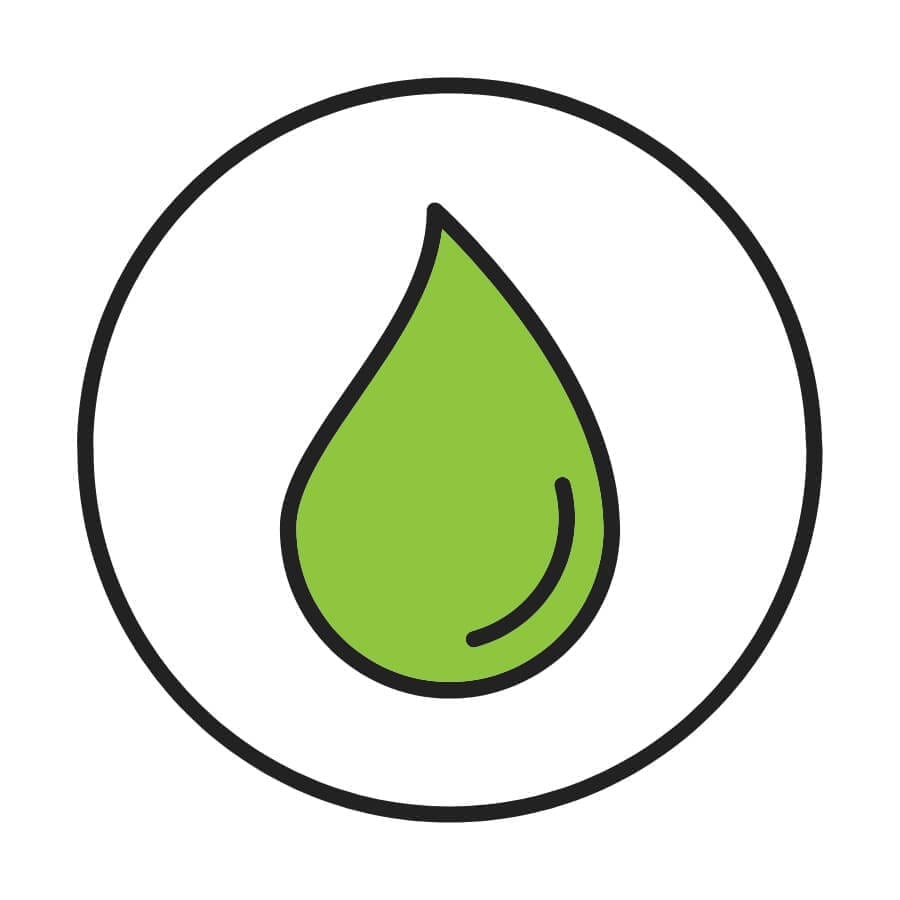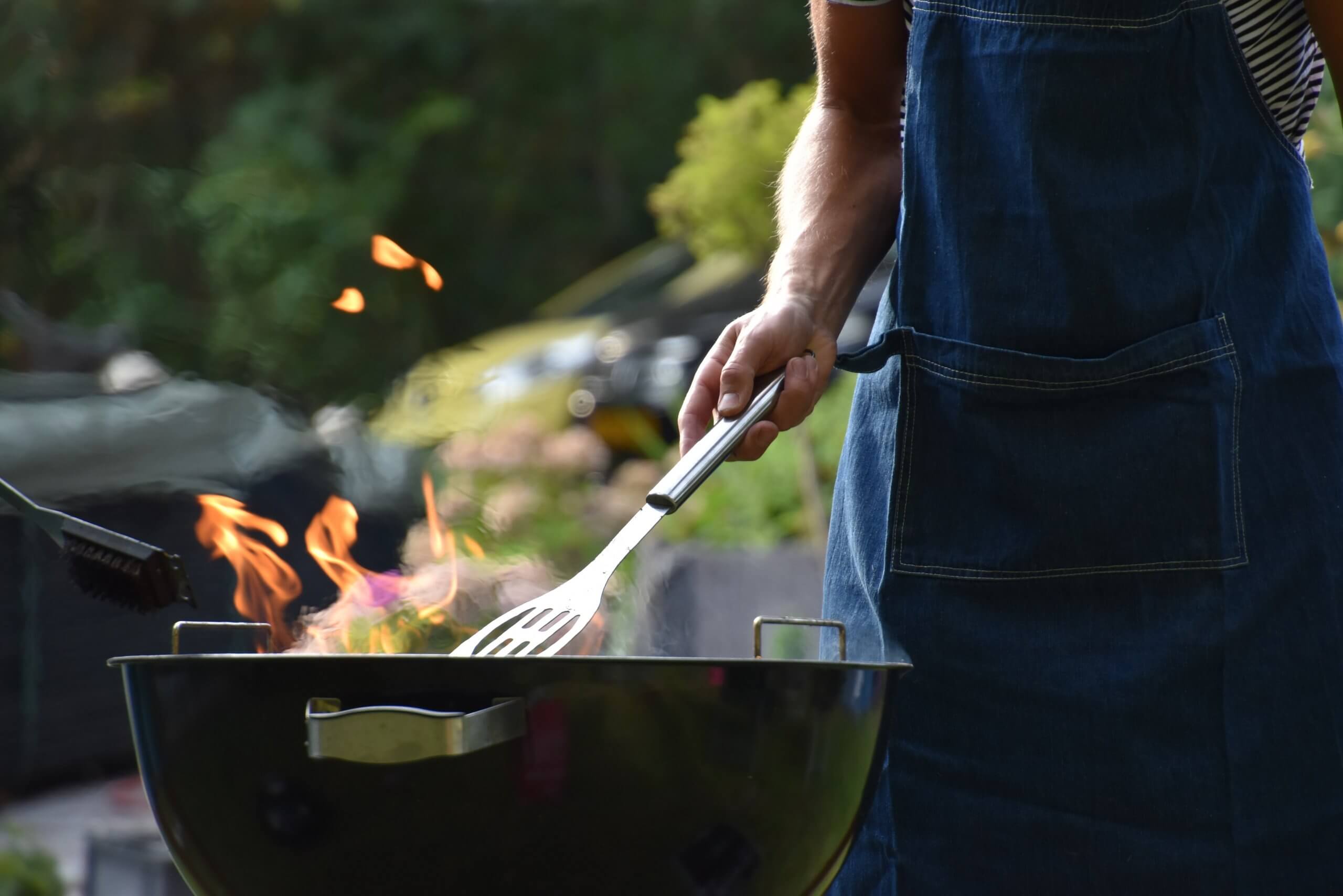Homeowners, it’s that time of year. Summer is upon us and source control is at the top of the to-do list. Don’t let indoor air pollution ruin your summer. Learn about the relationship between summertime and poor air quality, and how to take control of your home with summer source control tips.
Why Is Air Quality Poor in the Summer?
Fireworks
Fireworks are popular year-round. They illuminate the night sky with an incredible array of colors. However, there is one summer month that is known for firework displays—July. More specifically, the Fourth of July, which garners unprecedented firework sales each year.
Metallic salts such as lithium, copper, calcium and strontium give fireworks their color. All of which results in a number of polluting chemical reactions when a firework is lit. Such as carbon dioxide, carbon monoxide, particulate matter (PM) and more. And, these air pollutants linger long after the Fourth of July.
Summer Travel
Summer and travel are synonymous for many Americans. Unfortunately, two common methods of travel, airplanes and cars, greatly contribute to air pollution. Approximately 2.4% of global carbon dioxide emissions come from airplanes. And, the aviation industry is responsible for approximately 5% of climate change.
“A return flight from London to San Francisco emits around 5.5 tonnes of CO2 equivalent (CO2e) per person—more than twice the emissions produced by a family car in a year.”
– BBC
Cars, which burn gasoline and diesel fuel, also contribute to air pollution levels. They release nitrogen dioxide, carbon monoxide, formaldehyde, carbon dioxide and other hazardous chemicals into the atmosphere.
Extreme Heat and Wildfires
These days, extreme heat and wildfires occur more frequently and even at the same time. When these two events take place at once, air pollution is magnified. Wildfire smoke (which produces particulate matter) and extreme heat combine to create ground-level ozone. Heat domes also contribute to ozone production, particularly during the summer months. When highly pressurized air lingers over an area, it traps warm air and air pollutants, creating a heat dome. Exposure to particulate matter, ground-level ozone and extreme heat is a significant public health concern.
Residential Wood Burning
Bonfires and other residential wood-burning practices are extremely popular during summer. However, burning wood emits various air pollutants that cloud beautiful summer skies. For example, particulate matter, volatile organic compounds (VOCs), nitrogen oxides, carbon monoxide and more.
 Wood Burning Pollution: If you’d like to learn more about residential wood burning and the regulations surrounding this practice, check out this article →
Wood Burning Pollution: If you’d like to learn more about residential wood burning and the regulations surrounding this practice, check out this article →Which Pollutants Are Most Common in Summer Air?
1. Ozone
Ozone, also known as ground-level ozone, is composed of oxygen. Unlike other air pollutants, ground-level ozone is not directly emitted into the air. Rather, it is the result of a chemical reaction between nitrogen oxides and VOCs in the presence of sunlight. Consequently, ozone concentrations are typically higher during summer.
2. Particulate Matter
Particulate matter, also known as particle pollution, is composed of airborne solid particles and liquid droplets. PM comes in different sizes: PM10 or coarse particles that are 10 micrometers or smaller, PM2.5 or fine particles that are 2.5 micrometers or smaller and PM0.1 or ultrafine particles that are 0.1 micrometers or smaller. Most particles are the result of chemical reactions between various air pollutants. In the summer, this includes fireworks, bonfires, wildfires and excessive heat.
3. Carbon Monoxide
Carbon monoxide consists of carbon and oxygen. It is colorless, odorless and tasteless. Carbon monoxide is the result of the incomplete combustion of fuel. Concentrations of carbon monoxide are particularly high during summer due to travel, residential wood burning and fireworks.
4. Sulfur Dioxide
Sulfur dioxide consists of sulfur and oxygen. It is a member of the highly reactive sulfur oxides group. Burning fuel releases sulfur dioxide into the atmosphere where it may form sulfates, a part of particle pollution. During the summer when cross-country and international travel increases, fuel burning increases as well. Thus, sulfur dioxide concentrations increase.
5. Nitrogen Dioxide
Nitrogen dioxide consists of nitrogen and oxygen. It is a member of the highly reactive nitrogen oxides group. Nitrogen dioxide is released into the atmosphere when fuels are burned. Similar to sulfur dioxide, nitrogen dioxide concentrations increase during the summer season as travel increases. Residential wood burning, such as nighttime bonfires, also contributes to the increase in nitrogen dioxide concentrations.
Tips To Improve Indoor Air Quality This Summer
Replace/Upgrade Air Filters
Replacing dirty air filters should be routine for homeowners. In order to capture air pollutants, your air filter must be able to operate at full capacity. It cannot do so if it’s clogged with dirt and debris. Furthermore, some air filters simply aren’t powerful enough to capture smaller particle pollutants. In that case, upgrade to an air filter with a MERV 13 rating or higher. Filters with a higher rating are better equipped to handle tough contaminants.
Whole-Home Air Purification
An air purifier built for the whole home is the most effective method of purification. Whole-home air purifiers reach every nook and cranny, eliminating unwanted allergens and chemicals that have found their way indoors. This solution is especially helpful for those with allergies, asthma and pets.
Summer Humidity Control
High home humidity contributes to the growth of bacteria and mold. And, it provides the perfect atmosphere for dust mites to thrive. Some regions (such as the South) are prone to high humidity during summer. To keep humidity between the ideal 40-60% range, invest in a dehumidifier.
 Humidity Control: A whole-home dehumidifier is an excellent humidity control solution. Find out if your home could benefit from dehumidification →
Humidity Control: A whole-home dehumidifier is an excellent humidity control solution. Find out if your home could benefit from dehumidification →Mechanical Ventilation Over Natural Ventilation
Opening windows and doors to catch a summer breeze is wonderful in theory. In practice, it allows a host of air pollutants to infiltrate your home. Mechanical ventilation systems introduce fresh air while filtering out contaminants. Additionally, they maintain the current temperature indoors. It’s the best of both worlds.
Routine HVAC Maintenance
Yearly HVAC maintenance is an important preventative measure. Not only does it save time and money, but it also improves indoor air quality. HVAC technicians inspect, clean, test and repair your system so that it is in perfect working order. A healthy HVAC system doesn’t allow air pollutants to run rampant or mold and mildew to grow.
Cleaning
Maintaining a clean environment is key to summer source control. Dusting, sweeping and vacuuming are several ways to remove dirt and debris. Consider having carpets and hardwood floors professionally cleaned. Steer clear of cleaning products with a laundry list of chemicals. Take off shoes, hats and jackets at the door to avoid tracking in air pollutants. Overall, take good care of your home, inside and out.
Summertime Gladness
So, now that you know what you’re up against, it’s time to implement these summer source control tips. Stay ahead of indoor air pollution and protect your family’s health. Then, you’ll be able to enjoy this summer without worry.




